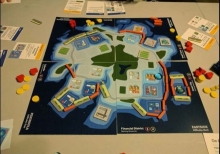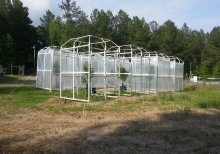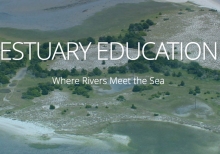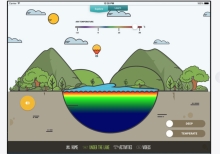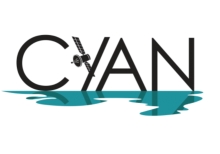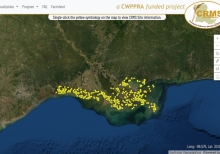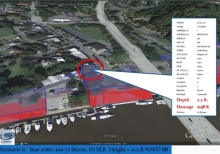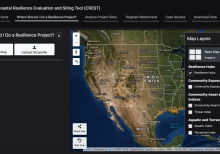Game Of Floods
Sea levels are rising world-wide as warming oceans expand and melt glaciers and ice sheets. Stronger storms coupled with rising seas can significantly damage - even destroy - property, infrastructure, public facilities, natural habitats, and other resources we depend on. In the face of these threats, planning commission members are tasked with collaboratively developing an Adaptation Plan using the strategies (game pieces) for the scenarios provided.
